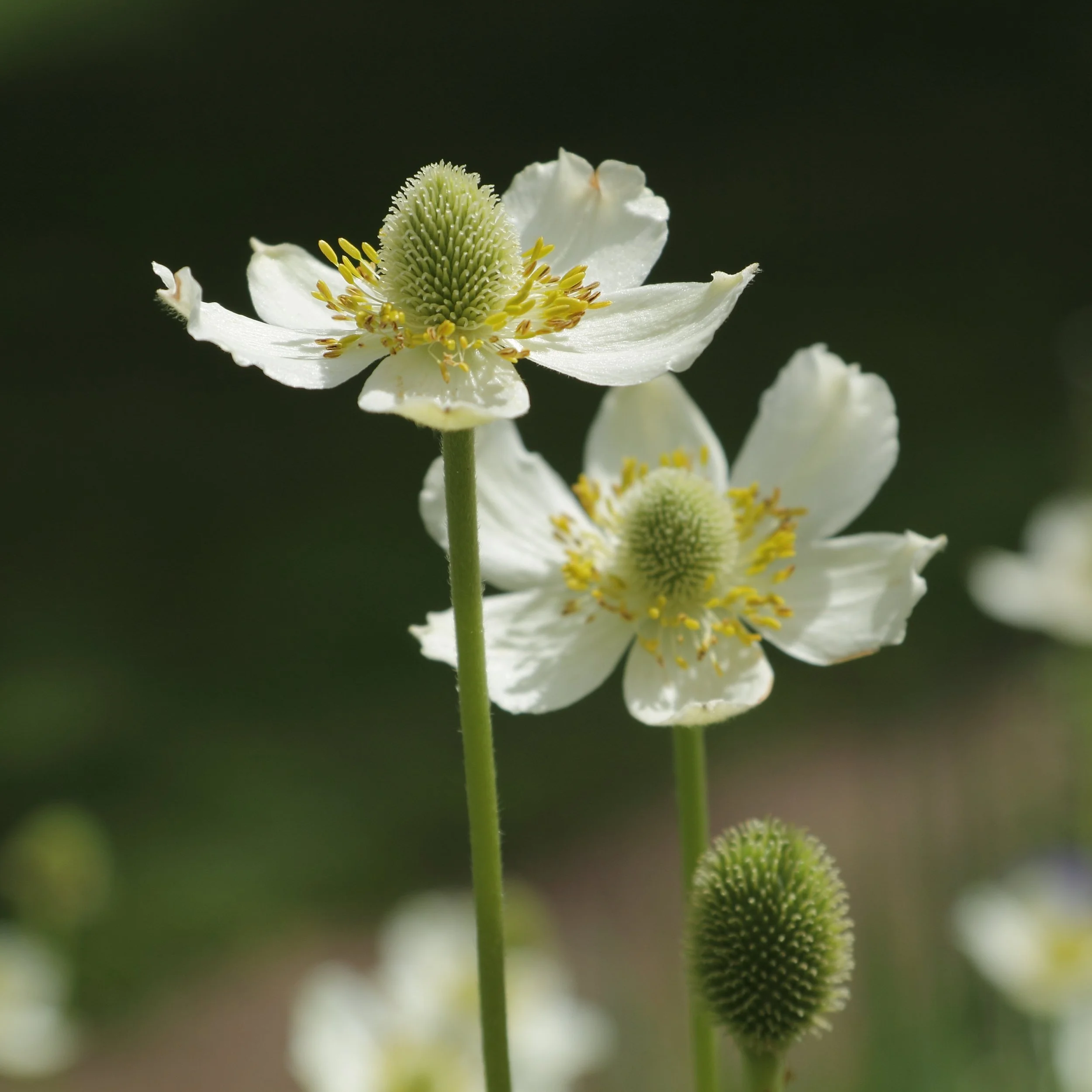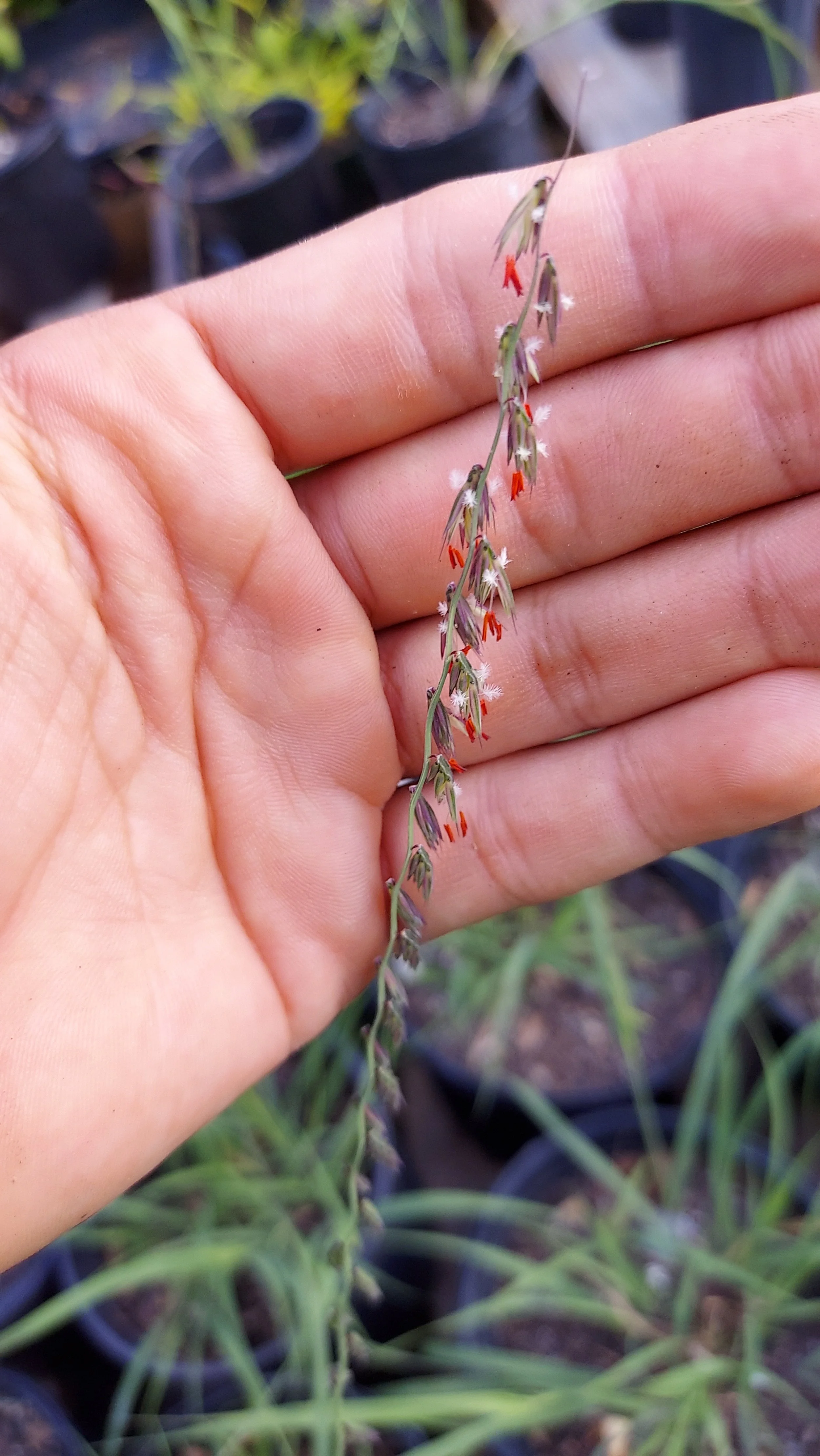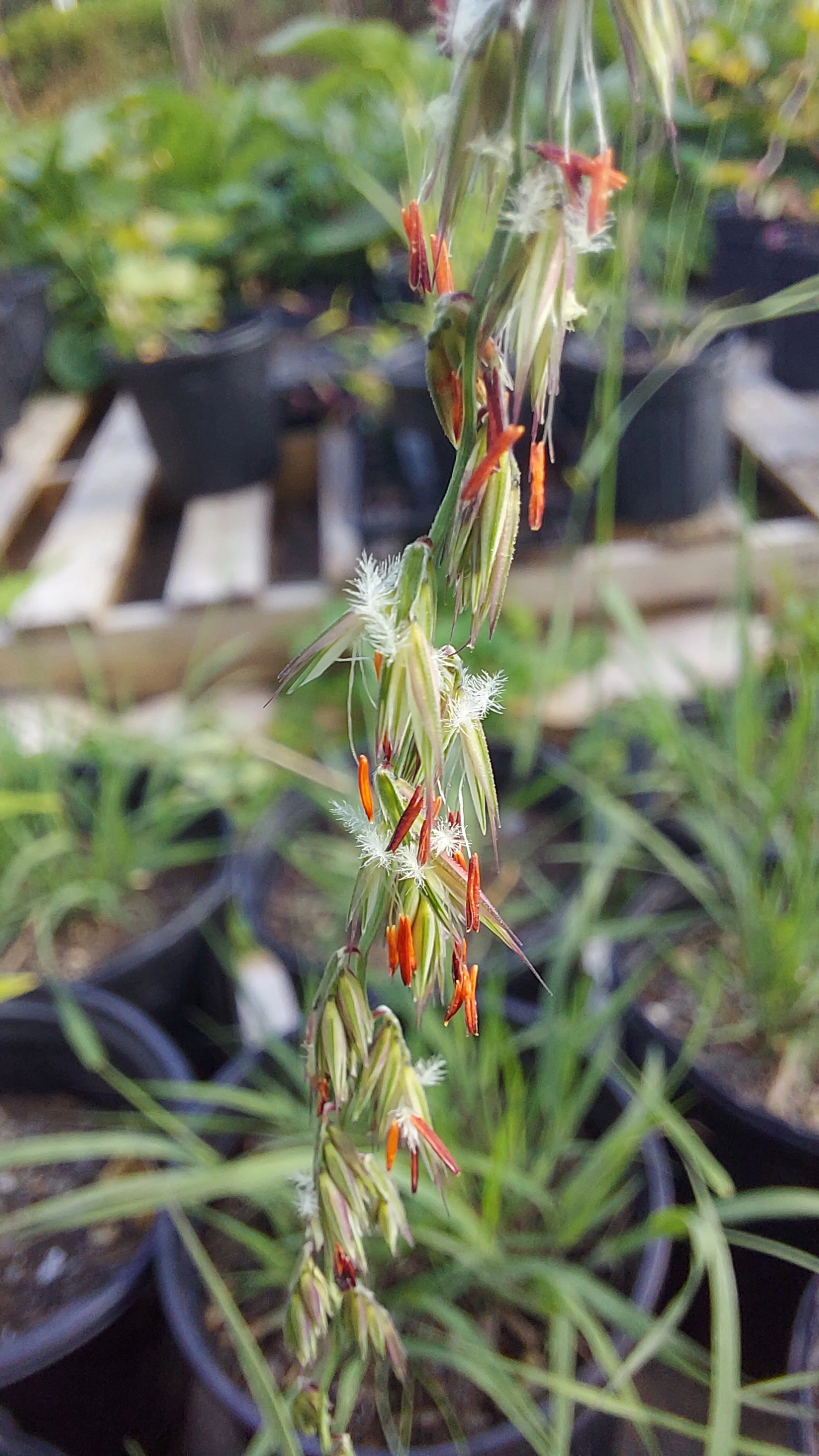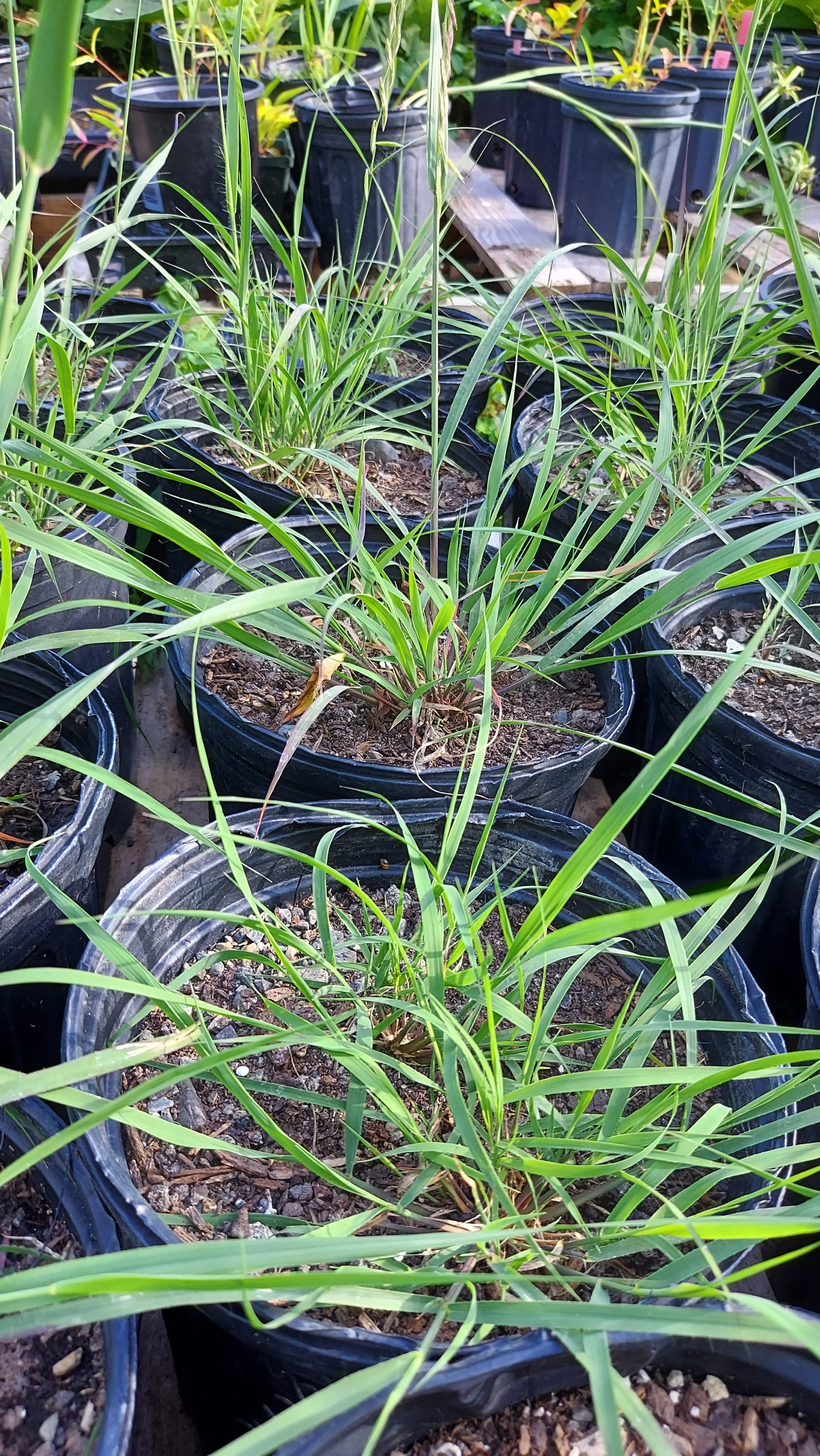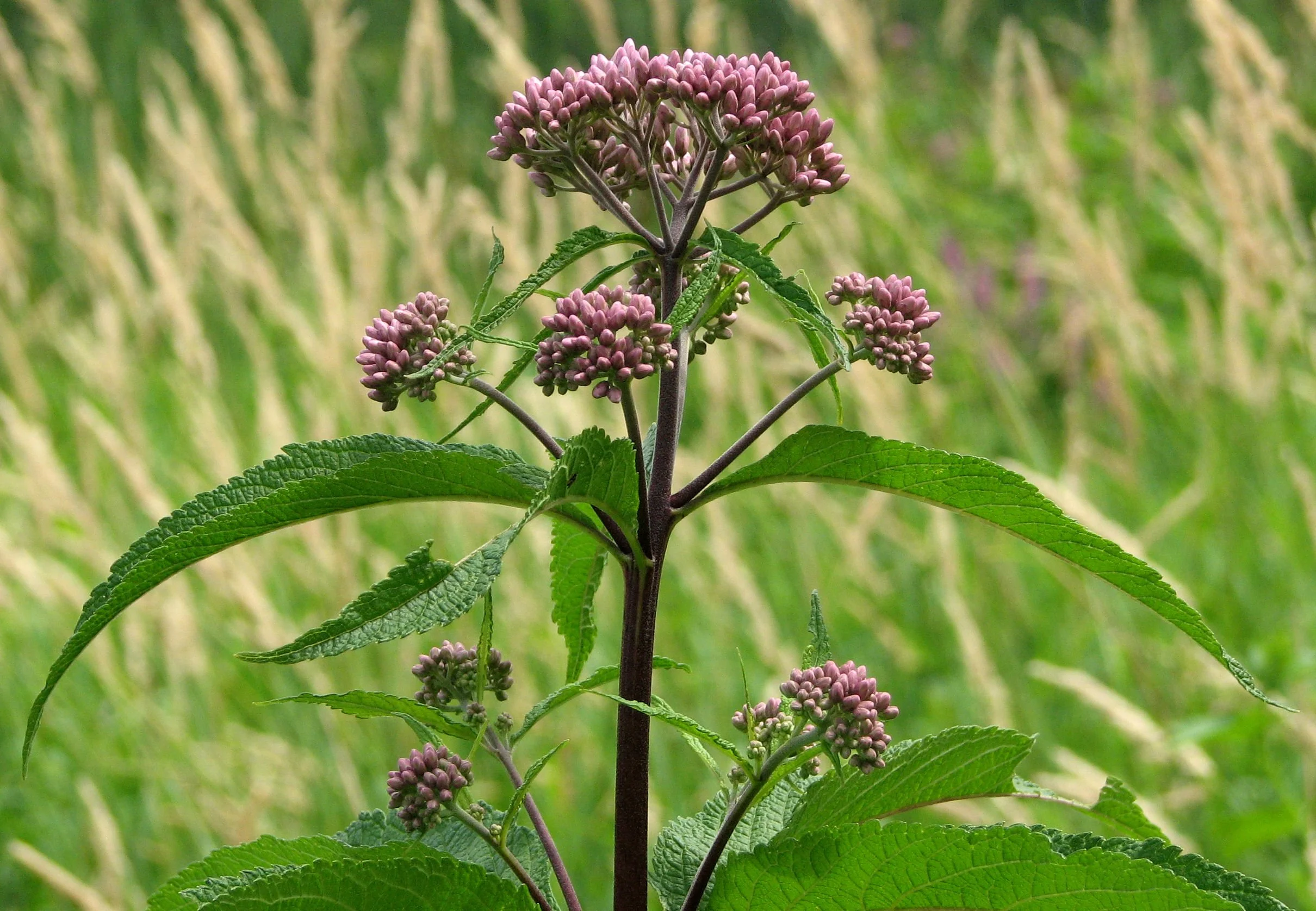 Image 1 of 1
Image 1 of 1


Inkberry | Ilex glabra
Inkberry is a woody, evergreen shrub, also known by other common names including evergreen winterberry and Appalachian tea. It's a member of the holly genus, and it's native to the Eastern US from Nova Scotia to Florida. Inkberry tends to form a colony, making it a nice ornamental hedge plant, wind break, or privacy barrier (especially due to its evergreen leaves).
It provides year-round interest: In Spring it flowers with small whitish flowers with nectar that attract butterflies and bees. It has glossy smooth green leaves, and produces black berries that persist throughout winter. The berries provide great winter forage for wildlife, like turkeys, quail, and other birds. You can also prune them and use the cuttings for wreaths and other winter decorations
Inkberries grow well in sandy or peaty, moist, well-drained soils, though they can also handle wet soils and occasional swampiness and flooding. They're also known to be tolerant of salt, pollution, and compacted soils, so you really can't go wrong with this hardy native! Male and female flowers are typically on separate plants, so it's best to plant more than one if you want them to produce fruits.
Container size: 1-gal
Max size: 5-8 ft tall and wide
Sun requirements: Full - partial sun
Moisture requirements: Wet - medium
Inkberry is a woody, evergreen shrub, also known by other common names including evergreen winterberry and Appalachian tea. It's a member of the holly genus, and it's native to the Eastern US from Nova Scotia to Florida. Inkberry tends to form a colony, making it a nice ornamental hedge plant, wind break, or privacy barrier (especially due to its evergreen leaves).
It provides year-round interest: In Spring it flowers with small whitish flowers with nectar that attract butterflies and bees. It has glossy smooth green leaves, and produces black berries that persist throughout winter. The berries provide great winter forage for wildlife, like turkeys, quail, and other birds. You can also prune them and use the cuttings for wreaths and other winter decorations
Inkberries grow well in sandy or peaty, moist, well-drained soils, though they can also handle wet soils and occasional swampiness and flooding. They're also known to be tolerant of salt, pollution, and compacted soils, so you really can't go wrong with this hardy native! Male and female flowers are typically on separate plants, so it's best to plant more than one if you want them to produce fruits.
Container size: 1-gal
Max size: 5-8 ft tall and wide
Sun requirements: Full - partial sun
Moisture requirements: Wet - medium

